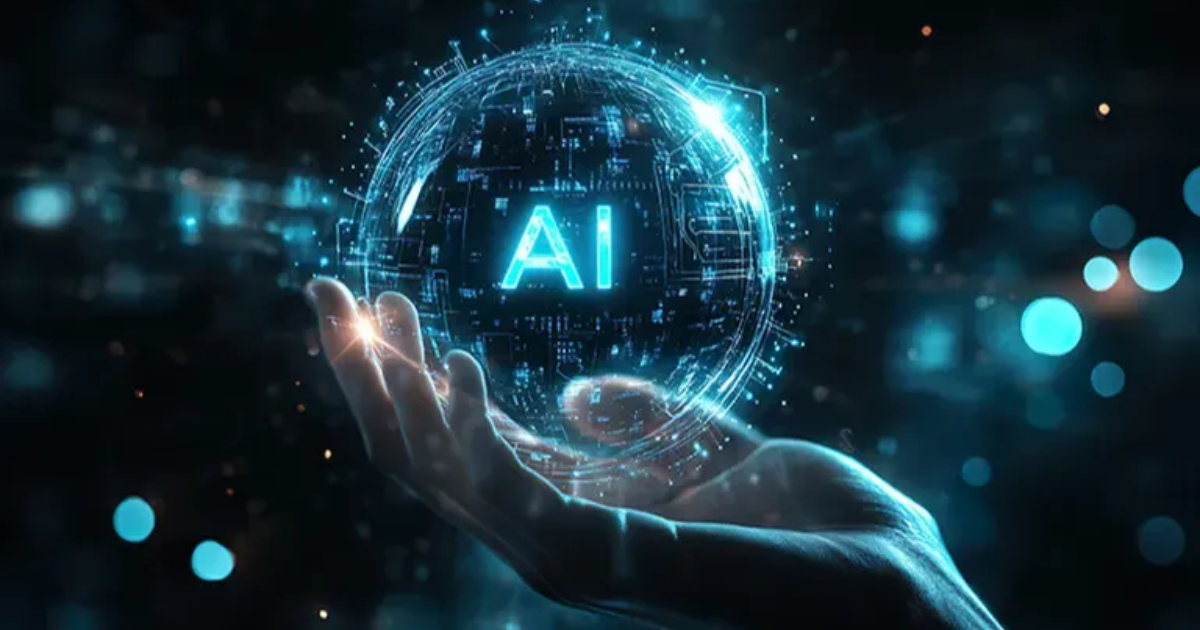AI Powered Cybersecurity The increasing sophistication of cyber threats has pushed organizations to seek advanced solutions for protecting their digital assets. Artificial Intelligence (AI) has emerged as a transformative force in cybersecurity, offering unparalleled capabilities in threat detection, prevention, and response. This article explores how AI is revolutionizing digital defense, the benefits and challenges it presents, and what the future holds for AI-driven cybersecurity.
The Role of AI Powered Cybersecurity
1. Automated Threat Detection
Traditional cybersecurity measures rely on predefined rules and signatures to detect threats. However, AI leverages machine learning algorithms to identify anomalies and suspicious activities in real time. AI-powered threat detection systems continuously analyze vast amounts of data, recognizing patterns that indicate potential cyberattacks before they cause damage.
2. Predictive Analytics for Cyber Threats
AI-driven cybersecurity tools use predictive analytics to anticipate potential threats. By analyzing historical attack data, AI can predict emerging cyber threats and help organizations implement proactive security measures. This predictive capability reduces the likelihood of data breaches and minimizes response times.
3. AI in Endpoint Security
AI enhances endpoint security by continuously monitoring and analyzing endpoint behavior. Unlike traditional antivirus software, AI-driven endpoint protection solutions adapt to evolving threats, identifying zero-day attacks and malware that evade conventional detection methods.
Key Applications of AI in Cybersecurity
1. AI-Powered Intrusion Detection and Prevention Systems (IDPS)
Intrusion Detection and Prevention Systems (IDPS) powered by AI can analyze network traffic, detect suspicious activities, and automatically respond to threats. AI-driven IDPS solutions improve accuracy by reducing false positives and identifying real threats more efficiently.
2. Behavioral Analysis and Anomaly Detection

Cybercriminals often exploit human vulnerabilities to launch attacks. AI-based behavioral analysis tools monitor user behavior, detecting deviations that may indicate insider threats or credential compromises. Anomaly detection helps organizations respond to security incidents before they escalate.
3. AI for Phishing and Social Engineering Defense
Phishing attacks remain a significant cybersecurity challenge. AI-powered email filtering solutions analyze email content, sender behavior, and historical data to detect and block phishing attempts. AI can also assist in educating employees about phishing threats through simulated attack scenarios.
4. AI in Security Operations Centers (SOCs)
Security Operations Centers (SOCs) benefit from AI-driven automation, which enhances threat intelligence gathering, incident response, and forensic analysis. AI reduces the workload on cybersecurity professionals by handling routine security tasks, allowing them to focus on complex threat mitigation.
Benefits of AI in Cybersecurity
1. Speed and Efficiency
AI can process vast amounts of security data in real-time, enabling faster detection and response to cyber threats. This speed enhances an organization’s ability to mitigate risks before they cause significant damage.
2. Reduction of False Positives
Traditional security systems often generate false alarms, leading to alert fatigue among cybersecurity teams. AI reduces false positives by analyzing patterns and distinguishing between legitimate and malicious activities.
3. Scalability
AI-driven cybersecurity solutions scale effortlessly, making them suitable for organizations of all sizes. As cyber threats evolve, AI adapts and enhances security measures accordingly.
4. Adaptive Learning
AI continuously learns from new threats, improving its ability to detect and prevent emerging attack methods. This adaptive learning capability strengthens cybersecurity defenses over time.
Challenges of AI in Cybersecurity
1. Adversarial AI Attacks
Cybercriminals are leveraging AI to develop sophisticated attacks. Adversarial AI can manipulate machine learning models, evading detection mechanisms and compromising security systems.
2. Data Privacy and Ethics

AI requires access to vast amounts of data for training and operation. Ensuring data privacy while using AI in cybersecurity remains a challenge, raising ethical concerns about data usage and storage.
3. High Implementation Costs
Deploying AI-driven cybersecurity solutions requires significant investment in infrastructure, talent, and training. Smaller organizations may struggle to afford these advanced security measures.
4. Dependency on AI
Over-reliance on AI in cybersecurity may lead to complacency among human analysts. While AI enhances security, human expertise remains essential in making critical decisions and addressing unique threats.
Future Trends in AI-Powered Cybersecurity
1. AI-Driven Security Automation
As AI continues to evolve, security automation will play a crucial role in minimizing human intervention. Automated threat response, incident management, and security orchestration will enhance overall cybersecurity resilience.
2. Enhanced AI-Powered Identity and Access Management
AI will improve identity and access management by enabling biometric authentication, adaptive authentication, and behavioral analytics. These advancements will strengthen access controls and reduce identity fraud.
3. AI in Cloud Security
With the increasing adoption of cloud computing, AI-driven cloud security solutions will become essential. AI will monitor cloud environments for misconfigurations, unauthorized access, and potential breaches.
4. AI and Quantum Computing in Cybersecurity
The integration of AI with quantum computing may revolutionize encryption techniques, making cyber defenses more robust against quantum threats. Quantum-safe cryptography will become a key focus in future cybersecurity strategies.
Also Read: Blockchain Cybersecurity: How Decentralization Is Redefining Digital Security
Conclusion
AI-powered cybersecurity is reshaping digital defense, offering advanced capabilities in threat detection, prevention, and response. While AI brings numerous benefits, it also presents challenges that must be addressed to maximize its effectiveness. As cyber threats continue to evolve, organizations must adopt AI-driven cybersecurity measures to stay ahead of adversaries. The future of cybersecurity lies in the synergy between AI, human expertise, and emerging technologies, ensuring a secure digital landscape for businesses and individuals alike.
FAQs
1. How does AI improve cybersecurity?
AI enhances cybersecurity by automating threat detection, reducing response times, analyzing vast datasets, and identifying emerging threats through machine learning.
2. Can AI completely replace human cybersecurity professionals?
No, AI complements human cybersecurity professionals by handling routine security tasks. Human expertise is still required for complex threat analysis and decision-making.
3. What are the risks of AI in cybersecurity?
Risks include adversarial AI attacks, data privacy concerns, high implementation costs, and over-reliance on automated systems.
4. How does AI detect phishing attacks?
AI detects phishing attacks by analyzing email content, sender behavior, and historical attack patterns. It can also simulate phishing scenarios to train employees.
5. What is the future of AI in cybersecurity?
The future includes increased automation, AI-driven identity management, enhanced cloud security, and the integration of AI with quantum computing for advanced threat mitigation.

